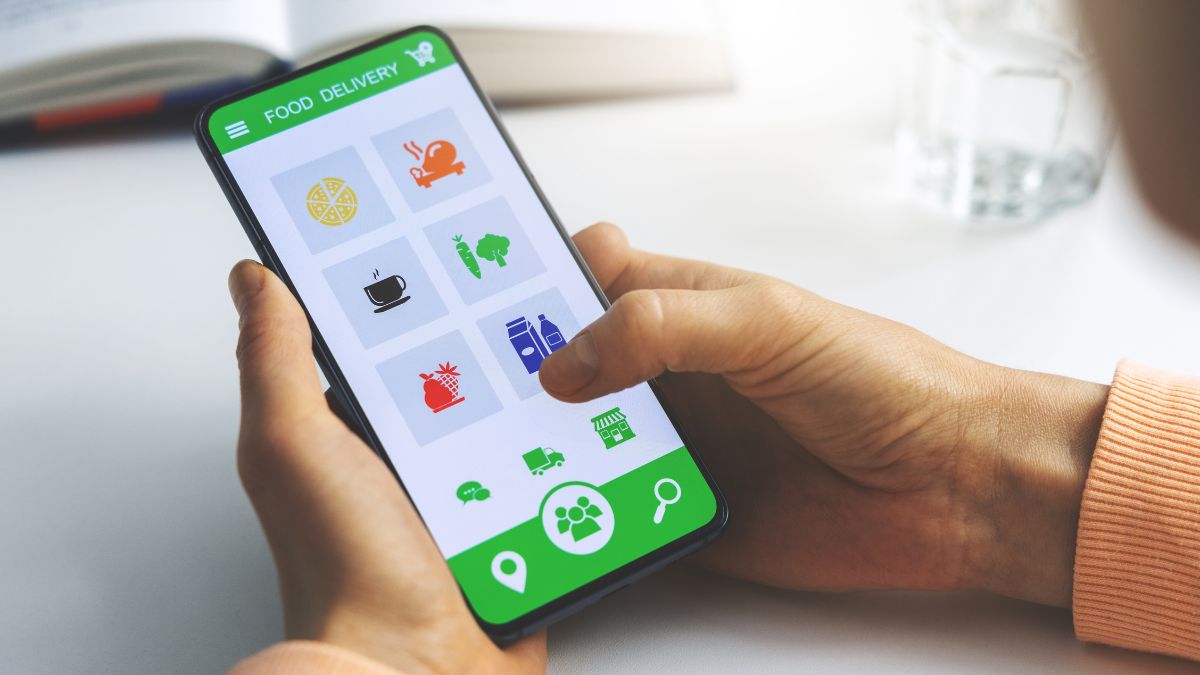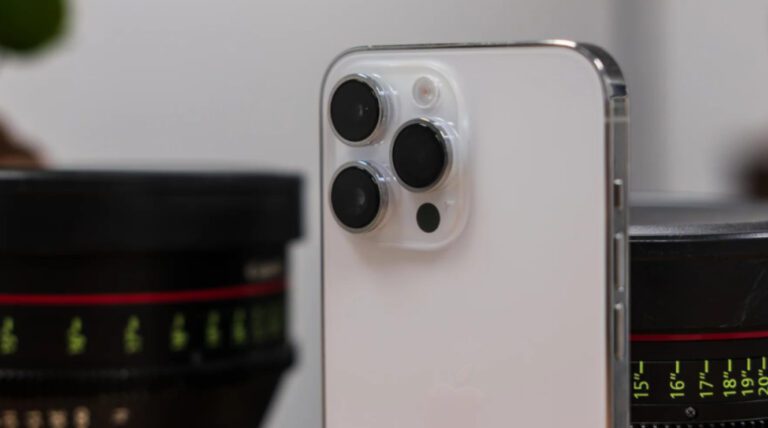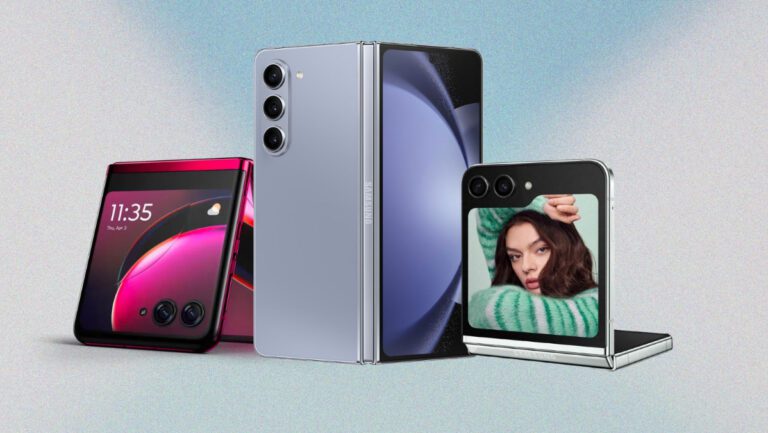A Comprehensive Guide on How to Choose the Best Mobile Phone
Introduction:
This article aims to provide you with a detailed guide on how to choose the best mobile phone that meets your requirements, ensuring that you make an informed decision.
Determine Your Budget:
Before embarking on your search for the perfect mobile phone, it is crucial to establish a budget. Mobile phones come in various price ranges, and determining how much you are willing to spend will help narrow down your options.

Identify Your Needs:
Consider your specific requirements in terms of functionality, features, and usage. Are you a heavy user who needs a phone with high-performance capabilities? Or are you looking for a budget-friendly phone with basic features? Identify your needs, such as camera quality, battery life, storage capacity, screen size, and preferred operating system.
Research:
Do thorough research on the latest mobile phones available in the market. Consider reviews from reputable sources, user feedback, and expert opinions. This will help you understand the pros and cons of different models and brands, assisting you in making an informed decision.
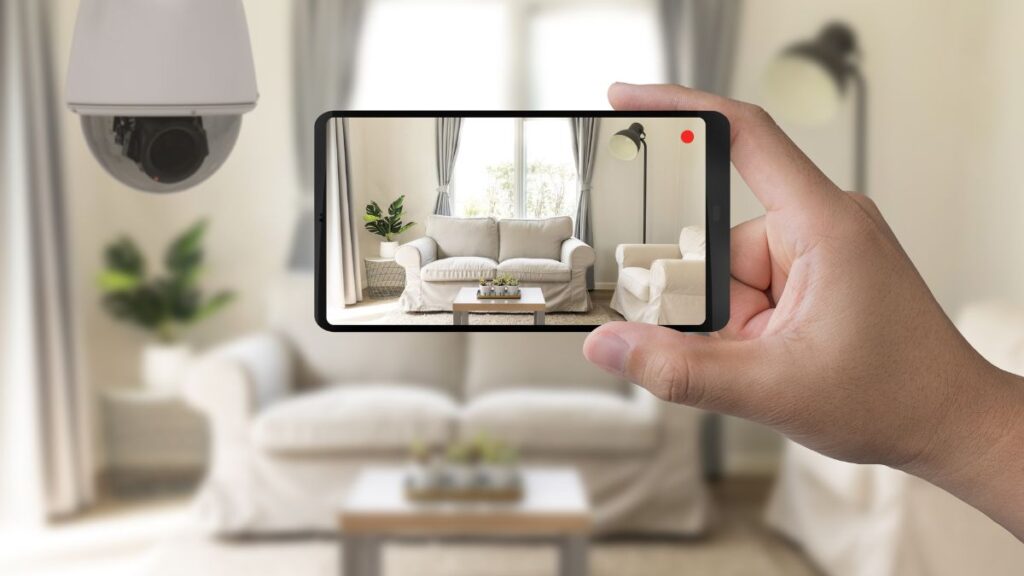
Operating System:
The operating system (OS) choice plays a significant role in your mobile phone experience. The three most popular options are Android, iOS, and Windows. Each has its strengths and weaknesses, so consider factors such as user interface, app availability, and compatibility with other devices.
Performance and Specifications:
The performance of a mobile phone depends on its hardware specifications. Look for a phone with a powerful processor, sufficient RAM, and ample internal storage. Consider the tasks you will perform on your phone and ensure the specifications meet your requirements.
Display and Size Smart Mobile Phone:
The display size and quality are essential factors to consider. Decide on the screen size that suits your preferences, ranging from compact to large. Opt for a phone with a high-resolution display, vibrant colors, and good viewing angles for an enhanced visual experience.
Camera Quality:
Camera capabilities are a significant consideration for many users. Evaluate the camera specifications, such as megapixel count, aperture size, image stabilization, and low-light performance. Additionally, look for advanced features like optical zoom, portrait mode, and video recording quality.
Battery Life and Charging:
Battery life is crucial, mainly if you use your phone extensively. Consider the battery capacity and whether the phone supports fast charging or wireless charging. Look for a device with a long-lasting battery that can comfortably meet your daily needs.
Connectivity Options:
Ensure that the phone supports the necessary connectivity options such as 4G/5G compatibility, Wi-Fi, Bluetooth, and NFC (Near Field Communication). Also, check if the phone has a headphone jack or if you need to rely on wireless audio options.
Brand Reputation and After-Sales Support:
Opt for well-established brands known for reliability, software updates, and timely after-sales support. This ensures a better overall experience and long-term satisfaction.
User Experience and Interface:
If possible, try out the phone in person to assess its user interface and ease of use. Consider factors like the placement of buttons, intuitiveness of the software, and availability of customizable options.
Additional Features:
Lastly, evaluate any additional features that might be important to you. This could include water resistance, expandable storage, fingerprint sensors, facial recognition, or any other features that align with your preferences.

FAQ
Q1: What is the difference between Android and iOS Phone?
A1: Android and iOS are two different operating systems used in smartphones. Android, developed by Google, is an open-source platform available on various brands and offers more customization options, a wide range of devices at different price points, and access to the Google Play Store. iOS, developed by Apple, is a closed ecosystem exclusive to Apple devices like iPhones and iPads. It provides a seamless user experience, regular software updates, and access to the Apple App Store.
Q2: How much RAM do I need in a smartphone?
A2: The amount of RAM you need depends on your usage patterns. For smooth multitasking and general usage, a smartphone with at least 4GB of RAM should be sufficient. However, if you frequently use resource-intensive apps or play graphics-intensive games, consider opting for 6GB or 8GB of RAM for a more fluid experience.
Q3: What is the significance of battery capacity in a smartphone?
A3: Battery capacity is measured in milliampere-hours (mAh) and indicates the amount of charge a battery can hold. A higher battery capacity generally means a longer battery life. However, battery life also depends on various factors like display size, processor efficiency, and software optimization. Consider a smartphone with a battery capacity of 3,000mAh or higher for all-day usage.
Q4: What is the importance of camera aperture and megapixels?
A4: Camera aperture refers to the size of the lens opening and is represented by an f-number. A lower f-number (e.g., f/1.8) indicates a larger aperture, allowing more light to enter the camera sensor. This is beneficial for low-light photography. Megapixels, on the other hand, determine the resolution of the image. However, a higher megapixel count doesn’t necessarily guarantee better image quality. Factors like sensor size, pixel size, and image processing play significant roles in capturing detailed and vibrant photos.
Q5: What does IP rating mean for water and dust resistance?
A5: IP (Ingress Protection) rating is a standard used to measure a device’s resistance to water and dust. The rating consists of two digits: the first indicates the level of protection against solid particles (like dust), and the second indicates the level of protection against water. For example, an IP68-rated smartphone is dust-tight and can withstand immersion in water up to a certain depth for a specified time. IP ratings help you determine if a smartphone can handle exposure to water or dust in your daily life or specific environments.
Q6: Should I consider 5G connectivity in a smartphone?
A6: 5G connectivity offers significantly faster download and upload speeds compared to previous generations (4G/ LTE). If you live in an area with good 5G coverage and anticipate heavy data usage or want to future-proof your device, considering a smartphone with 5G capabilities can be beneficial. However, if 5G coverage is limited or not a priority for you, a 4G/LTE smartphone will still provide a reliable and fast connection.
Q7: How important are software updates and customer support?
A7: Software updates are essential for security patches, bug fixes, and introducing new features to your smartphone. Both Android and iOS platforms provide regular updates, but the frequency and longevity of updates may vary among device manufacturers. Customer support is also crucial if you encounter any issues or need assistance with your smartphone. Research the reputation and customer service track record of the brand before making a purchase.
Q8: Should I go for a flagship or mid-range smartphone?
A8: The decision between a flagship and a mid-range smartphone depends on your budget and requirements. Flagship devices generally offer the latest technology, superior performance,
and premium features but come at a higher price. Mid-range smartphones provide a balance between price and performance, often offering excellent value for money. Assess your needs, consider the features you prioritize, and determine your budget to make the right choice.
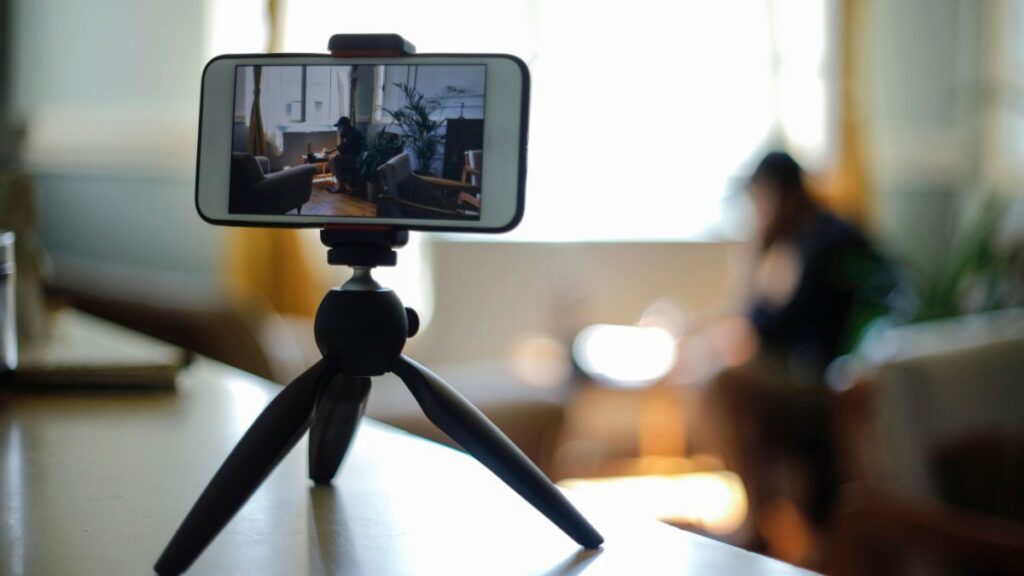
Conclusion:
The Smart Mobile Phone has revolutionized communication, connectivity, and access to information. Its impact on daily life is undeniable, and as technology progresses, its role will continue to evolve, shaping our world in ways we can only imagine.
You can see the Best 10 Cool Gadgets Under $50. Maybe you like it. Products Details Here

